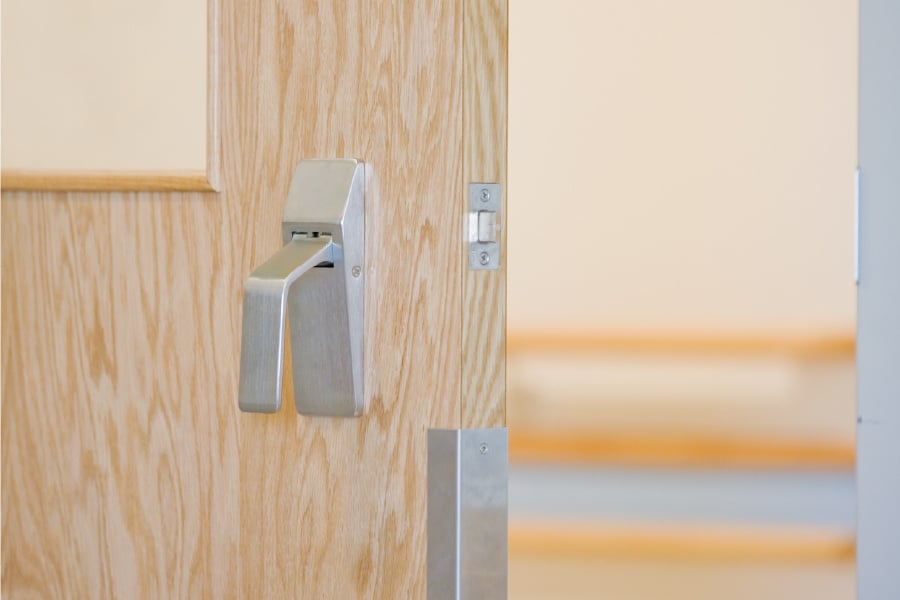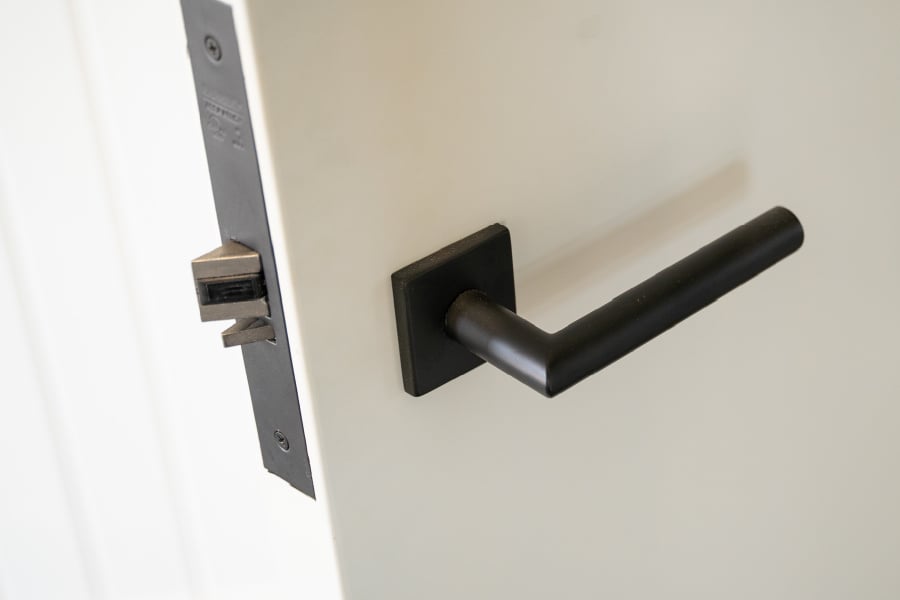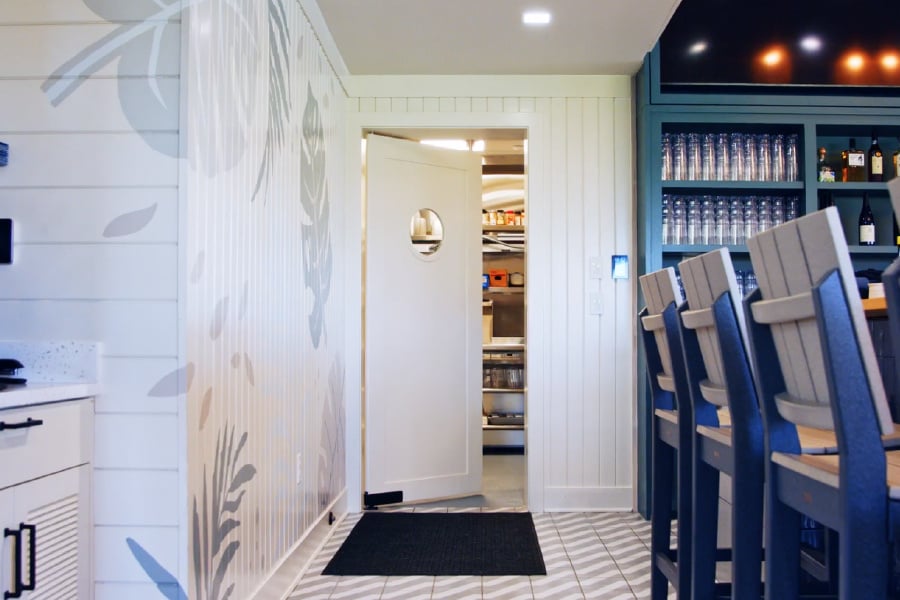
In certain environments, the details aren’t just about durability or code compliance. They’re about safety. And in some cases, they’re about life or death.
Ligature resistant hardware is designed to reduce the risk of self-harm in spaces where people may be in crisis—behavioral health units, juvenile justice centers, hospitals, schools, and correctional facilities. And while the concept may seem straightforward, the execution rarely is.
There’s no room for assumptions. Getting it right means understanding the risk, the standards, and the systems that support safer environments. That’s where we come in.

What Is Ligature Resistant Hardware?
Ligature resistant hardware is built to prevent attachment points that could be used for self-harm. That includes door handles, hinges, locks, and other components — all shaped or shielded to minimize risk. In behavioral health settings, these features are essential. But in recent years, we’ve seen ligature resistant considerations extend into schools, campus housing, and other spaces where staff need to support individuals with complex behavioral or emotional needs.
It’s not about restriction. It’s about creating a space where people can be safe, even in their most vulnerable moments.
More Than a Product Specification
Ligature resistant is not one-size-fits-all. There are different levels of risk, different types of hardware, and different standards depending on the building type and its occupants.
Some projects require full behavioral health compliance. Others may need ligature-resistant solutions in specific rooms or wings. Knowing the difference matters.
We’ve worked with teams that specified ligature resistant handles that didn’t meet the actual risk level of the space. We’ve also seen situations where cost-saving substitutions unintentionally created safety concerns. When decisions are made without the right context, risk creeps in—quietly, and dangerously.

Common Missteps in Ligature-Sensitive Projects
In our experience, most errors happen during submittals or late-stage substitutions. A handle that “looks safe” may not pass testing. An access control component may add unexpected risk if it changes how the door functions under pressure. Even the placement of wall accessories can introduce hazards if not reviewed carefully.
This is why we advocate for early planning and thorough review. We work directly with architects, project managers, and behavioral health professionals to ensure every component is appropriate, approved, and aligned with the function of the space.
S.A. Morman's Role in Safer Design
Our team understands current ligature resistant standards, including BHMA-specific protocols. We work with vetted manufacturers who specialize in high-risk environments, and we help clients evaluate every decision through the lens of both compliance and care.
We’ve supported new behavioral health facilities, renovated patient rooms, updated aging infrastructure in K-12 schools, and helped teams audit existing conditions for hidden risks. In each case, our goal is the same: to make sure the space is as safe as it can be.

The Bottom Line
There’s no such thing as a typical project when lives are at stake. Ligature resistant hardware may be one piece of a larger system, but it plays a critical role in reducing risk and preserving dignity.
If your facility serves people in crisis, you need more than a compliant spec. You need a partner who understands what’s at stake—and how to build safety into every detail.
Contact us to work together to create safer, smarter spaces for the people who need them most.

